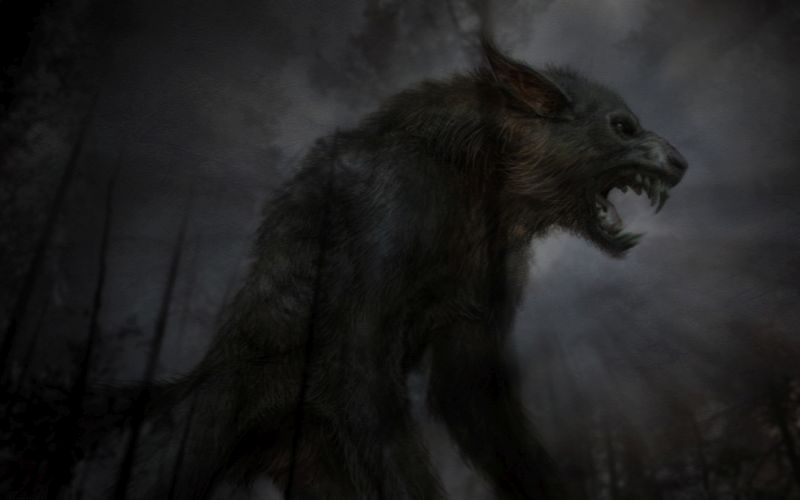The Monster Mash: Similarities between popular monsters
From humanity’s earliest existence, we have always questioned the unknown. We try to create logical solutions to life. We weave intricate stories and unique tales to explain mysteries.
Monsters play a vital role in our mythology. Despite their differences, many monsters share common traits and personify certain meanings.
A particular pair of legends, the Mothman and Blackbird of Chernobyl, foreshadow inevitable disaster.
Mothman was supposedly spotted around Point Pleasant, West Virginia, in the 1960s.The most famous account of Mothman involved young couples during a car ride following a double date. These witnesses described it as a gray-winged creature, seven feet tall with a 10-foot wingspan. They attempted to flee from the living nightmare but it kept up with them.
In 1967, the Silver Bridge, which carried U.S. Route 35 into Point Pleasant, West Virginia, collapsed, resulting in the death of 46 people.
Mothman was connected with the collapse of the Silver Bridge by the townsfolk, who feared that his previous supernatural appearances foretold the upcoming disaster. Some believed this was a foreshadowing of the disaster that would soon befall Point Pleasant at the hands (wings?) of this mysterious monster.
A very similar creature was spotted by workers at the Chernobyl Nuclear Power Plant in April of 1986. Known as the “Blackbird of Chernobyl”, the workers described the creature as a hideous humanoid with giant wings. It was headless with glowing red eyes on its upper chest.
A few days after these sightings, the power plant suffered a terrible malfunction. The entire plant had several explosions and fires released a significant amount of airborne radioactive contamination, which claimed at least 4,000 lives.
With the extensive physical and symbolic similarities between these monsters, some started to speculate they were the same creature.
If that’s not enough, another pair of matching monsters stalk prey with an uncontrollable hunger: the Werewolf and Wendigo.
Werewolves developed due to wolf attacks, which were fairly common throughout the span of the 16th century in Europe. Between 1200 and 1920, 7,600 fatal wolf attacks were recorded in the country of France alone.
This fear of savage beasts capable of killing entire villages started to flood European minds. It blended with the paranoia of witches and curses, also prevalent in 16th century Europe.
Folktales explain how those affected by this curse succumb to their illness every full moon and embark on a rampage. In their ravenous bloodlust, Werewolves uncontrollably slaughter everything and feast upon their flesh.
A similar monster suffering from extreme bloodlust is the Wendigo.
This terrifying monster originates from Native American culture, notably the Algonquians. Due to freezing temperatures and limited resources, winter constantly threatened the Algonquians. Humans who resorted to cannibalism to survive the harsh winter were believed to turn into Wendigos: monsters with unchecked gluttony.
Wendigos, extremely slender humanoids with ashy skin pulled tightly over their defined skeletons, smelled of decay. No matter how much they consumed, they could never be full. They only grew taller and hungrier for human flesh, demanding even more victims.
Both the Wendigo and Werewolf served a hidden purpose: to persuade people to be kind and cooperative with one another. Without this benevolent nature, people would turn into a monster, although (hopefully) nothing akin to cannibalistic nightmares.
These four monsters only scratch the surface when it comes to the creativity and fear of humanity. Some were made to entertain. Others were fabricated to teach lessons of being a functional human being. But all were created out of a desire to understand the unknown, an unending thirst for knowledge.
